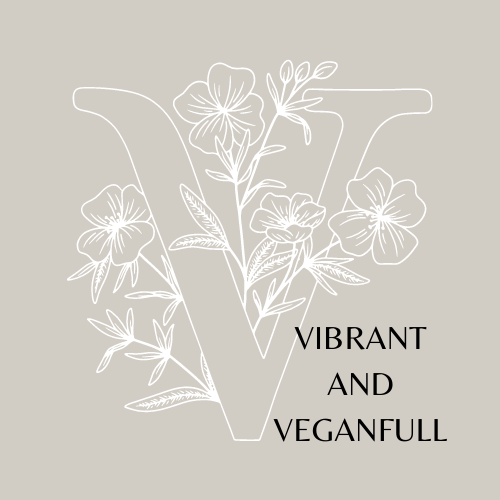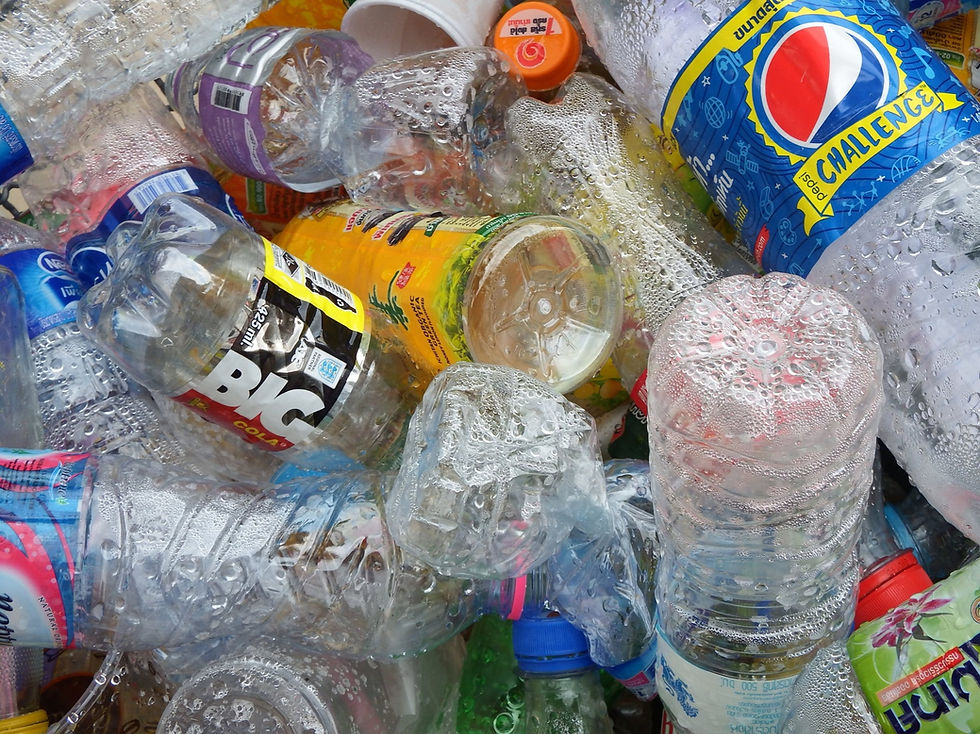Informed Choices: Lead
- Jamie Langes

- May 22, 2021
- 4 min read
This blog post is a part of a series to help you to understand what certain chemicals (or pollutants) are, what they are used for (and in), and how they are impacting the sustainability of this planet. It's all about making those personal choices for sustainability, but I feel many of us are ill-informed and the more we understand, the better we can combat or change our negative directions.
Overall, I want to convey what lead is, and how the metal might be negatively affecting you and the planet. Ultimately, I want to help enable you as a consumer to make more informed choices about what you purchase or the companies you choose to support to increase sustainability. I'm featuring lead because it "lives" in our soil and the animals that (some) of us choose to consume; it is also in many of our food & beverage containing or preparation components aggregating in our bodies from consumption of these products.

What is lead?
Lead is a naturally occurring metal (meaning, it is not man-made), has no taste or smell and is used largely in the production of batteries, ammunition, metal products (such as solder and pipes), roofing and shields for x-ray devices. Lead is one of the most studied metals which means that there are numerous studies that have established how lead may impact human health and our environment. Lead has been shown to cause neurological disorders, affect reproduction, and potentially contribute to heart or kidney disease. According to the Centers for Disease Control (CDC): "The Department of Health and Human Services (DHHS), Environmental Protection Agency (EPA), and the International Agency for Research on Cancer (IARC) have determined that lead is probably cancer-causing in humans."
What's the problem?

Many historical product uses such as lead in gasoline (originally used as an additive to make the fuel burn more completely and prevent "engine knocking"), in paints or glazes (for your home or ceramics), and caulking has largely been phased out in America. However, these materials may still exist in landfills, have been released (i.e. - gasoline spills from underground tanks), or live in our homes via goods or products that are still in circulation. For example, lead and copper piping serves the majority of the water supply (drinking water) to U.S. residents. Lead pipes are corroding (degrading) over time due to the chemical reaction of the metal and water; the reaction is highly dependent upon the water chemistry (acidity or alkalinity), the temperature of the water / pipes, and the length of time the water stays in the pipes. This not only means that you are potentially drinking (or using for cooking) lead-contaminated water from your tap, but also that the same lead-contaminated water may be being used to irrigate our crops, water our animals, or manufacturer / package our prepared foods.
When lead-contaminated water is used to irrigate our crops or absorbed by leaves via settlement from other air pollution sources like mining in the form of lead dust, lead affects plant life. Lead is toxic to plants and has been shown via research to contribution to inhibiting seed germination (i.e. - breeding), reducing root or plant growth, and lowering protein content. When humans consume these plants or vegetables, we are bioaccumulating lead (increasing the amount of lead in our biology / body) as well.
What have we done to "help?"

While the United States Environmental Protection Agency (EPA) has implemented requirements under the Safe Drinking Water Act (SDWA) for water supply as respects to lead, the establishment of levels really only monitors the problem. At a federal, state and local level, there are limited options (largely only consisting of filtration at district water treatment centers) for piping and private water wells or groundwater sources. Piping can be incredibly costly to replace and there are often not enough funds or availability to access pipes in order to replace them all with lead and copper-free options.
For soil contamination, many primary manufacturing facilities which would have contributed to lead dust have been outsourced to other countries (good for U.S. exposures, not necessarily for global exposures) so the possibility for soils to be contaminated continuously moving forward have been reduced. Plants in lead contaminated soil can be treated with organics and crop cover to reduce their uptake of the metal in water and nutrients while growing.
What can I do as an individual?

To reduce your exposure to lead, the Centers for Disease Control (CDC) has a few recommendations as follows:
Reduce or eliminate your exposure in tap water by drinking or using only tap water that has been run through a "point-of-use" (i.e. - directly attached to your faucet) filter which has been certified by an appropriate testing organization for effective lead removal.
Flush your water to reduce potential exposure from lead plumbing within your house; important when you first wake up (and your water has been sitting in pipes for 6 hours or more). Before using the water (including use in a shower or doing laundry), run the water for at least 30 seconds.
Drink or use only bottled water that has been certified to be lead free. Note, while an option, there is a sustainability offset for the transportation costs of shipping water from the source (bottling plant) to your home as well as the plastics involved.
For lead in soil, wash your hands after gardening and use crop cover to reduce exposures to open soil or subsurface.
Consider utilizing the organics mentioned in the link above for your gardens.
I hope this post has provided you with some information on lead and how to protect yourself from exposures (and even how to potentially reduce the exposures in plants). Always remember, even naturally-occurring materials (such as lead) can pose dangerous threats to you and the planet if they are too much or in the "wrong" place. Pollutants are often defined that way in the professional / technical world. The more you are informed about exposures, the better you can find alternatives and move away from the potential health effects those exposures may cause.
With love and hope for a better future for all of us - Jamie




Comments